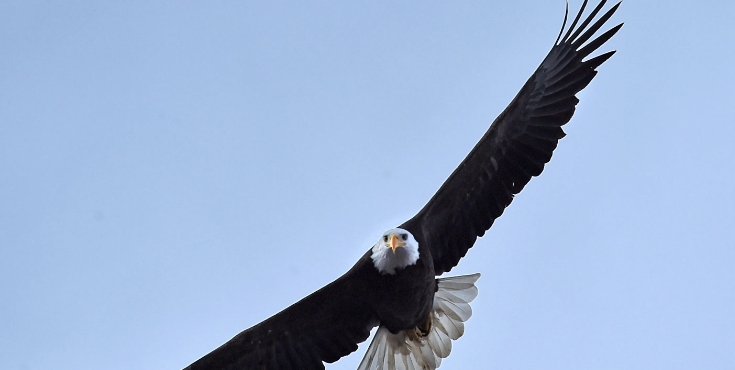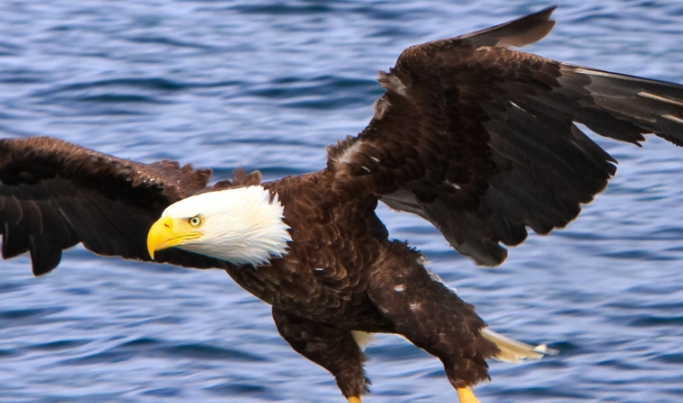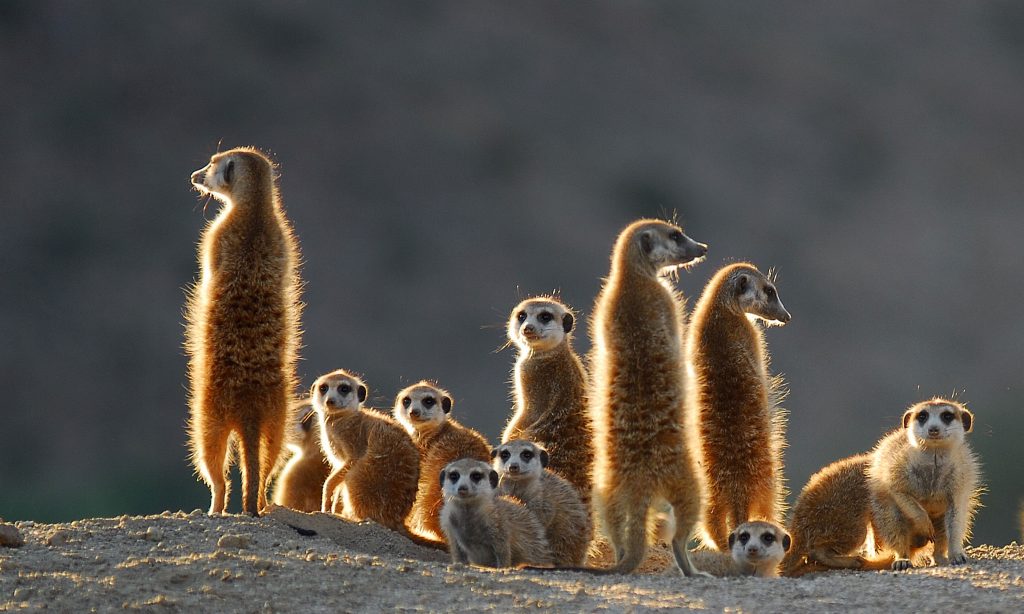The Bald Eagle, emblematic of American freedom and strength, is a majestic bird of prey that holds a significant place in both ecological and cultural realms. With its distinctive white head and tail contrasting against a dark brown body, the Bald Eagle commands attention wherever it soars. Here’s a comprehensive look at all about birds bald eagle.
Physical Characteristics:
The Bald Eagle (Haliaeetus leucocephalus) is a large bird, with females typically larger than males. Adults boast a wingspan of up to 7 feet (2.1 meters) and can weigh between 6 to 14 pounds (2.7 to 6.3 kilograms). Its iconic white head and tail develop around the age of 4 to 5 years, prior to which juveniles display a more mottled brown plumage.
Habitat and Range:
Bald Eagles are primarily found in North America, ranging from Alaska and Canada down to northern Mexico. They favor areas near large bodies of water, such as lakes, rivers, and coastal regions. Nesting sites are often situated in tall trees near water bodies, providing both shelter and vantage points for hunting.
Diet and Hunting:
As apex predators, Bald Eagles have a diverse diet consisting mainly of fish, supplemented with birds, mammals, and carrion when necessary. They are renowned for their spectacular aerial hunting prowess, often swooping down from great heights to snatch fish from the water’s surface with their talons.
Behavior and Reproduction:
Bald Eagles are typically solitary birds outside of the breeding season, although they may form loose congregations around abundant food sources or during migration. Breeding pairs, however, exhibit remarkable fidelity and often mate for life. Courtship displays involve intricate aerial maneuvers and vocalizations, reinforcing the pair bond.

Conservation Status:
Once teetering on the brink of extinction due to habitat destruction, hunting, and the widespread use of pesticides like DDT, Bald Eagles have made a remarkable recovery thanks to conservation efforts and legislative protections. Their population rebounded significantly after the banning of DDT in the early 1970s and subsequent habitat restoration initiatives. In 2007, they were removed from the U.S. Endangered Species List but remain protected under the Bald and Golden Eagle Protection Act and the Migratory Bird Treaty Act.
Cultural Significance:
The Bald Eagle holds immense cultural significance, particularly in the United States, where it serves as the national emblem and symbol of freedom, strength, and resilience. Its imagery adorns currency, flags, government seals, and countless other national emblems, embodying the spirit of the nation. Here are also many bald eagle statues for street, public decoration.,
The Bald Eagle stands as a testament to the power of conservation and human stewardship in safeguarding our planet’s natural heritage. Through concerted efforts, this iconic species has rebounded from the brink of extinction to once again grace the skies of North America. With its regal presence and symbolic importance, the Bald Eagle continues to inspire awe and reverence in all who encounter it, serving as a poignant reminder of the delicate balance between humanity and the natural world.




